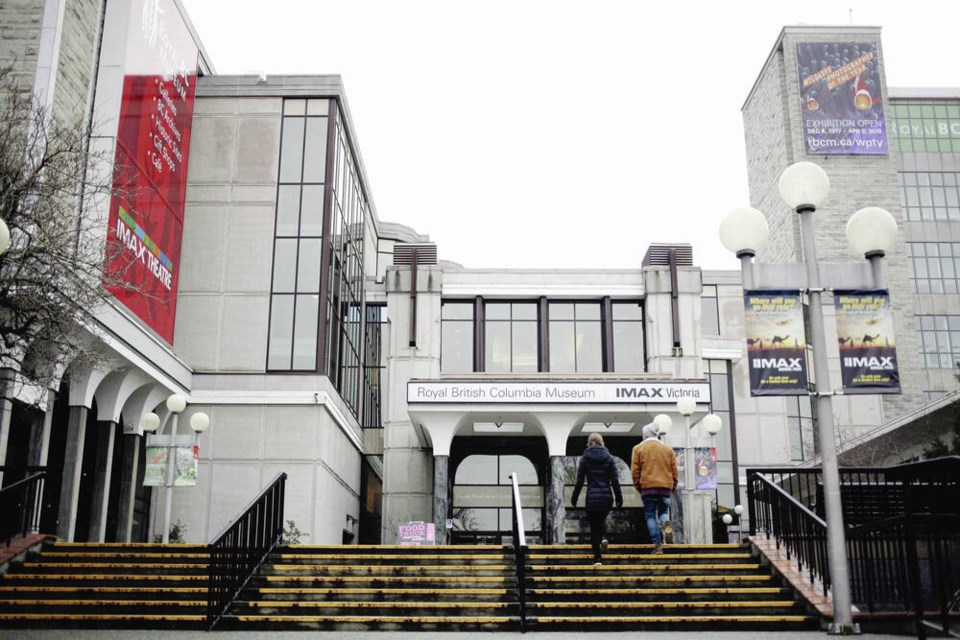If this Comment page is anything to go by, the vast majority of readers are at the very least opposed to, and in many cases outraged by, the changes proposed for the Royal B.C. Museum.
The principal “change” involves gutting two of the most popular displays at the museum. Both the Old Town exhibit and the Capt. George Vancouver ship display are to be removed in their entirety.
What will replace them? No one, least of all the board of directors or the minister in charge, can say, though there has been vague talk about “decolonizing” exhibits.
What will the changes cost? No one knows that, either.
How long will this take? Again same answer, except that we may conceivably be talking up to five years.
Most of the blame for this thoroughly perverse decision has been placed on the board of directors, a 10-person assemblage appointed by the provincial government.
And certainly they deserve censure. The museum, a top tourist draw in Victoria, receives about $12 million a year in funding from the province.
That makes it a public facility, not some private conservatory for the benefit of a select clientele.
However, deaf and blind though the board members have been, the main responsibility lies not with them, but with the province, and specifically, the Ministry of Tourism, Arts, Culture and Sports.
For the board is only following instructions. Here is an excerpt from the mandate letter sent to the board by then-tourism minister Lisa Beare, after the government changed hands in 2017:
“Two key priorities that will underpin lasting prosperity are advancing reconciliation with Indigenous Peoples and moving toward a low-carbon economy.”
What has securing prosperity got to do with running a museum? Its purpose is to preserve and make available insights into our culture and illuminate our past.
If that helps with prosperity, well and good, but it is in no sense the driving motivation that underpins a museum.
No one could disagree with advancing reconciliation with Indigenous Peoples. But at the cost of erasing an important element in our history and burying the role that colonists played in building the province?
This need not be an either/or proposition. Both aspects of our enduring past can and should be accommodated.
And for the sake of tweaking the minister, if moving toward a low-carbon economy is really a key museum priority, why remove the Capt. Vancouver exhibit? He didn’t come by coal or diesel power, he came in that most clean-energy vessel, a wind-powered sailing ship.
It’s clear what has happened here. A minister with no prior experience in arts or culture simply swallowed whole a slate of priorities scripted for an election campaign, and imposed them willy-nilly on a captive board.
The government has gamely defended these changes by noting that extensive consultations were held beforehand. While there were indeed consultations, it must be noted that the vast majority of contributors were groups firmly aligned with the government’s thinking.
This was not so much an open consultation as a gathering of like-minded supporters.
Nevertheless, if the province is serious about letting the population as a whole have a say, the opportunity remains. Put the project on ice, hold a referendum and accept whatever emerges.
By all means ensure that in following this course the voices of Indigenous Peoples, who are necessarily a minority, should not be drowned out. There is room here for compromise.
But sadly, as it stands, compromise is the last thing the ministry and the board are interested in.
That a province with such a rich and varied history should set about erasing huge chunks of the past is factionalism at its most destructive.



